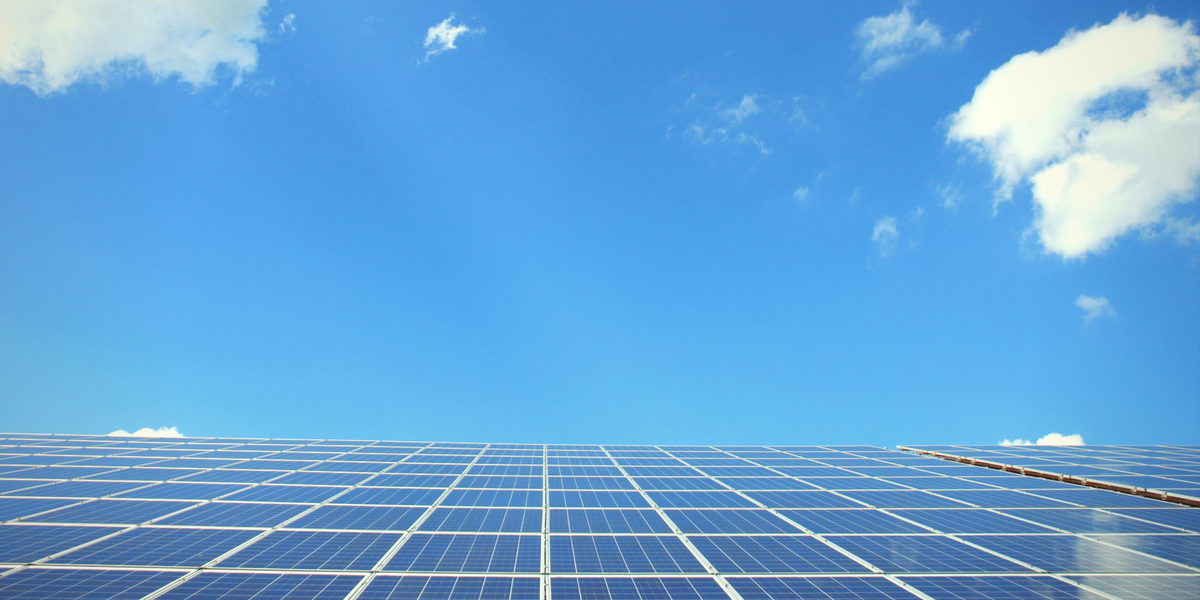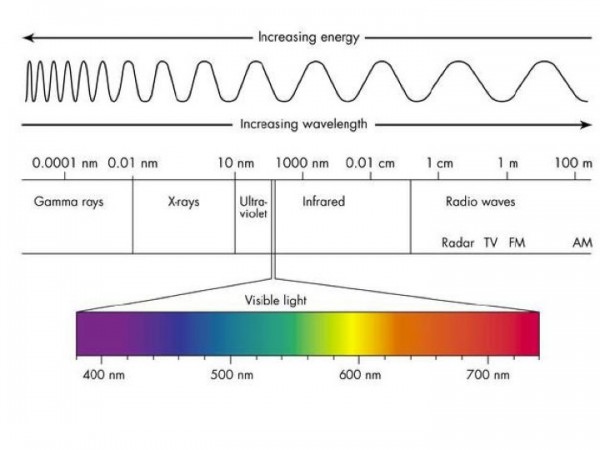Solar Panel Technology In The Physics Classroom

There are a number of physics topics that relate directly to the core principles underlying the development of solar panels. With growing interest in the field of renewable energy, this may be a good opportunity to introduce your students to real-world applications of principles covered in class. We put together a basic overview of the technology, and included some additional resources, lesson plans, and even a list of degree programs for students interested in pursuing a career in renewable energy.
Solar panels are made up of solar cells that are frequently made of two layers of silicon arranged around conductive material. These photovoltaic cells, electrically connected to each other through a series of strong bonds, utilize the photoelectric effect to convert energy from the sun into usable electricity. See this video from the National STEM Centre for a demonstration of the photoelectric effect.
Albert Einstein received a Nobel Prize in Physics by describing “the nature of light and the photoelectric effect on which photovoltaic technology is based”, the first model of which was built by Bell Labs in 1954. NASA advanced the technology for spacecraft applications, ultimately making the technology affordable enough to generate every-day applications. This TedEd video summarizes the key processes with some basic visuals, and the following interactive “How Solar Cells Work” by Nova provides a good summary.
When photocells are irradiated with sunlight, which is comprised of a stream of photons, it causes the silicon to emit electrons that are channeled into an electric current. The strength of this current determines the electrical capacity of the solar cell. The key principles underlying solar technology relate to the physics of light, which is defined as electromagnetic (EM) radiation that occurs as waves. Different forms of electromagnetic radiation are distinguished by the frequency of these waves and are measured in wavelengths. Only a fraction of EM radiation is visible to the human eye in the form of the color spectrum. Further, as indicated by NASA, only a portion of these waves reach the earth’s surface and are primarily in the range of ultraviolet, visible, and infrared light.
Electromagnetic Spectrum

Source: http://scienceblogs.com/startswithabang/files/2012/08/em-600x450.jpg
The following link provides a good interactive illustration of the electromagnetic spectrum, http://hyperphysics.phy-astr.gsu.edu/hbase/ems1.html.
Today there are different types of solar panels. The National Renewable Energy Laboratory indicates that the common arrangement of silicon in flat panels is more efficient. Others utilizing amorphous silicon, or materials other than silicon, which allow for the construction of thin-film solar cells are more readily incorporated into various architectural elements, such as rooftops, the facades of buildings, or skylights. The following is a comparison of the efficiencies of different types of solar cells from Chen’s Physics of Solar Energy.
From Table 1.6: Types of Solar Cells
|
Type |
Efficiency (%) |
|
Monocrystalline Si |
17-20 |
|
Polycrystalline SI |
15-80 |
|
Amorphous Si |
5-10 |
|
Copper Indium Gallium Selenide (CIGS) thin-film |
11-13 |
|
CdTe-CdS thin-film |
9-11 |
The cycle that converts solar energy to electrical energy has a maximum limit of efficiency based on limitations imposed by constituent materials, surrounding environmental conditions, and energy requirements. The solar cell is essentially a heat engine involved in a reversible cycle of energy conversion. According to Florida State University’s Sustainable Energy Science and Engineering Center, the Carnot Cycle, which defines the theoretical maximum level of efficiency of such a power cycle, “receives heat at a high temperature, converts, some of this energy into mechanical work, and rejects [the] remainder at a lower temperature”. This ties in the second law of thermodynamics which states, according to Purdue Physics, that any engine performing work in a such a continuous cycle “[n]o engine, working in a continuous cycle, can take heat from a reservoir at a single temperature and convert that heat completely to work.” The implication for solar technology is that there is a maximum of its efficiency based on the material used, structural arrangement, and current output.
Much of the research pertaining to solar cells has focused on maximizing this efficiency by addressing the thermodynamic parameters and limitations of the system. For example, scientists working out of the U.S. Department of Energy’s Ames Laboratory were able to isolate and describe the moment that light interacts with the solar cell and transforms into energy by utilizing organometallics. This new material combines “high energy conversion performance of traditional inorganic photovoltaic devices, with the economic material costs and fabrication methods of organic versions”.



